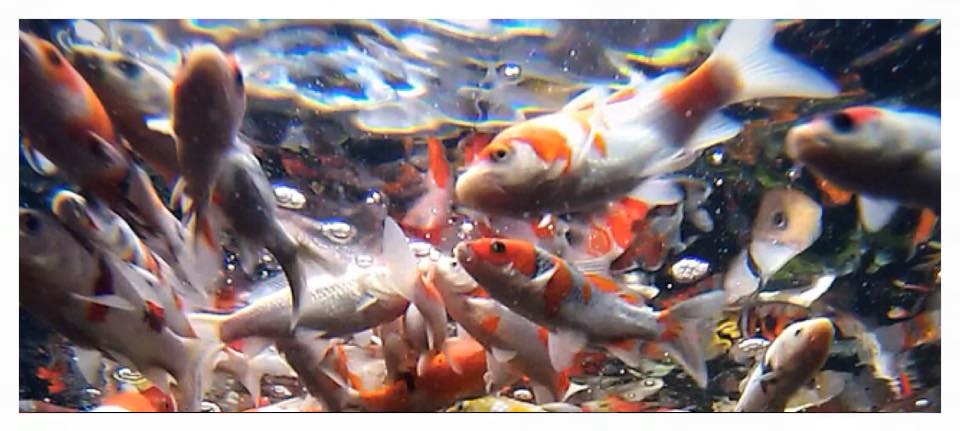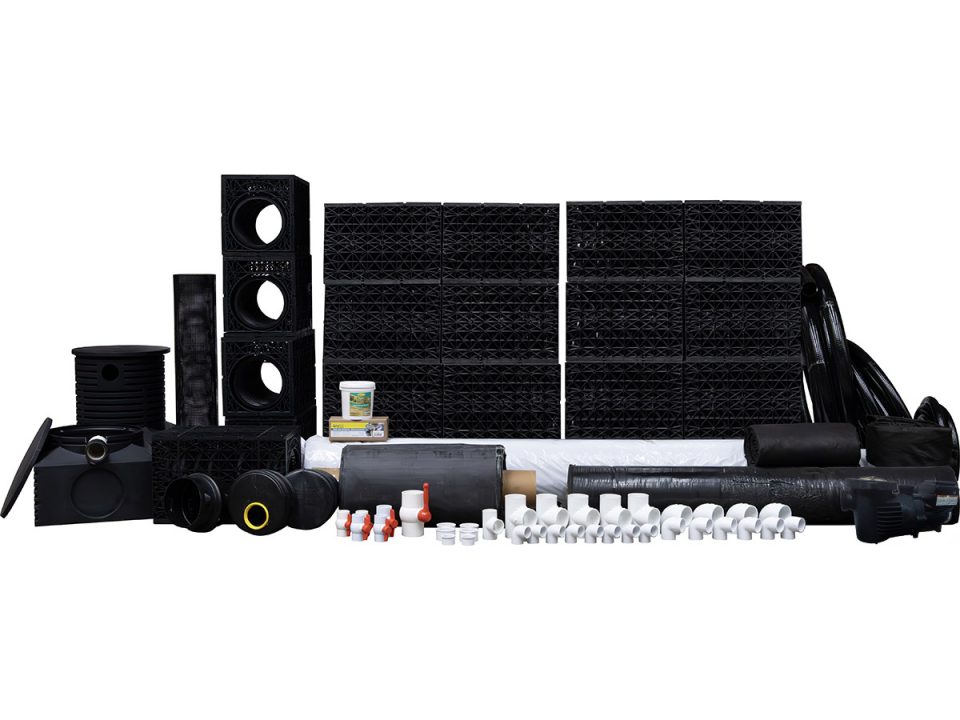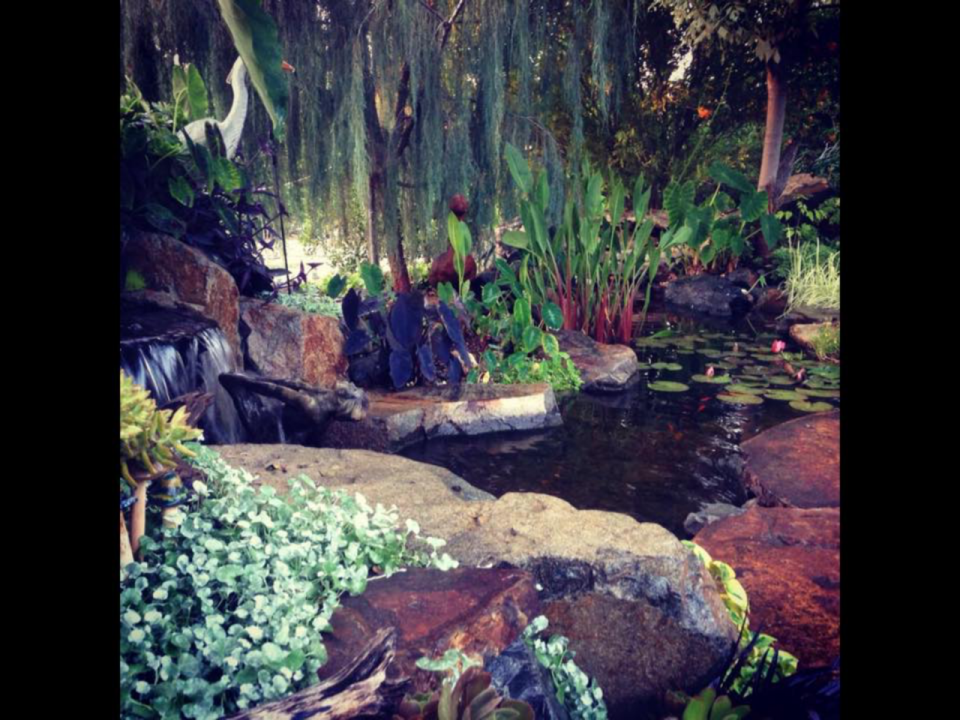Pond Clean Out Tips that Could Save Your Koi!
The GHOST with the Most – SnapChat
February 3, 20163 Beautiful Ways to get Hummingbirds to Your Yard in DROVES
April 21, 2016Pond Clean Out Tips that Could Save Your Koi!
Spring is here and you are itching to get out and plant some petunias, peas, and pond lilies. We know it, because we feel the same way!
Here a a few quick tips to help you keep your koi fish safe while you get your pond cleaned up and ready to receive those gorgeous plants.
A bonus pre-tip to get you started, don’t try to catch your pond fish until you have the water drained down so low, that their back fins are almost out of the water. This way there’s no chasing koi and goldfish around, just dip the net in, lure them into your koi bowl and catch them stress free with ease.
ONE
Should you pressure wash your pond? We say, an emphatic no! Pressure washing cleans the green stuff off of the rock faces on the inside of the pond. The drawback to that is, that green stuff is called a “biofilm” and has a pretty serious job in your pond.
Biofilm is responsible for helping consume biological debris, such as fish waste, and excess food, that hits the rocks. When you do your spring clean, and pressure wash that off, you lose a good portion of your filtration right at the start of the season. It then takes several weeks, sometimes months to grow it back.
Secondly, the main debris we want to clean out of your pond is behind the rocks, not on top of them, so pressure washing the fronts of them isn’t actually getting rid of the problem.
Your rocks can build up a ton of debris behind them that contributes to the biological load in the pond, resulting in dirty looking water, the potential for sick fish, and undesirable algae growth, like hair algae, clumping algae, and green water algae.
Washing behind the rocks, helps to eliminate the build up and get the real problem out of your pond, and doesn’t remove that very helpful biofilm layer.
TWO
Once you have completed the clean out, we suggest boosting your pond’s ability to bounce back by adding beneficial bacteria for 14 days. During that time we double or triple the dose to push the good bacteria to peak levels.
If your normal dose is 1 teaspoon per 1000 gallons, add 2 or 3 per 1000 gallons for that critical first 14 days. After that resumes normal bacteria additions.
This additional bacteria does two things:
First, it helps boost your filter that has just been stripped of a lot of it’s beneficial bacteria colonies due to the pond cleaning.
Second, when the fish are pulled out and put back for the cleaning, they often stress out a little, causing them to release more ammonia than usual into the pond water. The extra bacteria will help to break this down.
THREE
Sometimes, just like a candlelight dinner with a bottle of wine, a pond full of fresh clean water inspires your koi to spawn, or breed. I mean it’s clean, and clear, and beautiful? Of course they want to spawn, right?
The interesting thing with koi is, there is no actual intercourse. What happens when they spawn is first, much like humans, the male koi chase the female koi around the pond.
Here is where humans and fish begin to differ. While the male koi chase the females around the pond, the females release a BUNCH of eggs freely into the water as the males release a bunch of milt (koi sperm) freely into the water, and the sum total of this is a whole lot of biological waste.
Sure, some eggs get fertilized, attached to rocks or plants, and turn into baby koi, but the majority of the eggs and milt just start decaying in your pond water. Suddenly, your previously crystal clear, clean water, starts looking cloudy and foamy.
This is a sign of very serious, potential problems. We recommend you get another water change done immediately. Somehow, the second water change doesn’t typically initiate a second spawning. Just get a water change done, and fast, before you lose any fish, which is a very real possibility.
I hope these quick tips help you and your koi this spring. Good luck and enjoy your pond!
You can SNAP me at www.snapchat.com/add/theponddigger
Life is Short, Enjoy Koi!
Connect with The Pond Digger:
The Pond Digger on Facebook: www.facebook.com/theponddigger
The Pond Digger on Periscope: www.periscope.tv/theponddigger
The Pond Digger on Instagram: www.instagram.com/theponddigger
The Pond Digger on Pinterest: www.pinterest.com/theponddigger
The Pond Digger on Twitter: www.twitter.com/theponddigger
The Pond Digger on Youtube: www.youtube.com/theponddigger
The Pond Digger on Snapchat: www.snapchat.com/add/theponddigger





